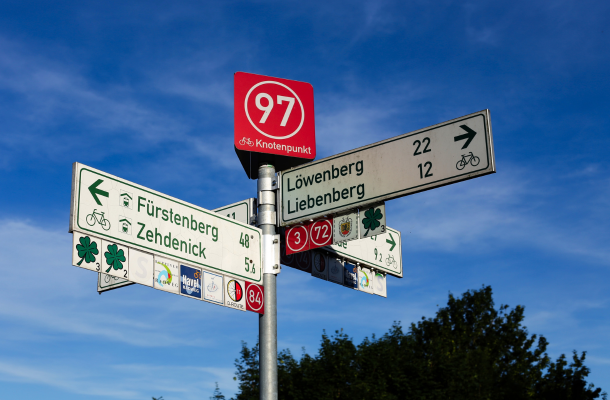
The more pronounced decline in German producer prices adds to the negative outlook on the German economy, contributing to the prevailing pessimistic sentiment.
Highlights
German producer prices experienced a significant decline in July, with a 1.1% decrease compared to the previous month and a 6.0% decline year-over-year. These figures were worse than expected and dashed hopes of a demand pickup. The ongoing weak demand environment weighed on producer prices, causing recessionary concerns.
The decline in producer prices can be attributed to various factors. Energy prices, in particular, saw a substantial slide, with a 2.5% decrease in July and a 19.3% decline compared to July 2022. Electricity prices fell by 4.1% in July and experienced a significant 30.0% year-over-year decline. Additionally, natural gas prices recorded their first year-over-year decrease since December 2020, falling by 16.2%.
Excluding energy prices, the producer price index rose by 2.0% year-over-year but declined by 0.4% in July. However, there were mixed signals in the sector breakdown. Prices for intermediate goods declined by 1.0% in July and were down 3.4% year-over-year. On the other hand, non-durable consumer goods prices increased by 8.1% year-over-year, mainly driven by food prices. Prices for durable consumer goods remained flat in July but rose by 5.8% year-over-year. Capital goods prices increased by 0.3% in July and by 5.5% year-over-year. Motor vehicle, trailer, and semi-trailer prices contributed to the rise in the overall index, with a 5.1% year-over-year increase.
While the year-over-year figure might be influenced by the base effect due to the Ukraine war, the larger-than-expected monthly decline suggests a deteriorating demand environment. This will be a matter of concern for the European Central Bank (ECB).
EUR/USD Reaction to German Producer Prices
The EUR/USD exchange rate initially dropped to $1.08697 before the release of the German producer price figures. Subsequently, it climbed to a peak of $1.08874. However, after the data was announced, the EUR/USD rate increased to a post-statistic high of $1.08824 and then declined to a low of $1.08728.
As of this morning, the EUR/USD rate had risen by 0.04% to reach $1.08768.

Subscribe to our daily newsletter and get the best forex trading information and markets status updates
Trade within minutes!
Comment (0)